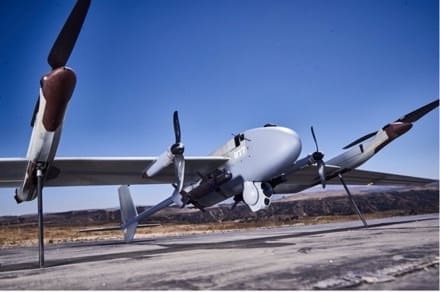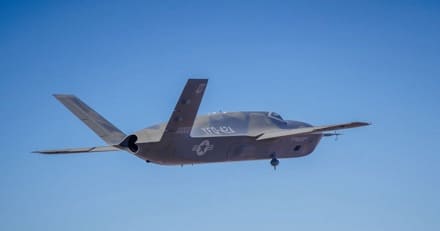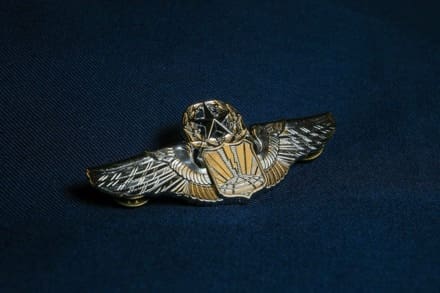
CREECH AIR FORCE BASE, Nev. —
In 1913, the first two military aviation badges, silver wings, were issued to members of the U.S. Army Air Corps. As time went on, pilots of all airframes have been awarded their silver wings and given the rating of pilot, senior pilot and command pilot. Since then, the Air Force has grown rapidly by constantly adapting to new playing fields and integrating technology into everyday operations while preparing for the future fight.
This innovation led to a new class of airframe, remotely piloted aircraft. They perform a multitude of missions including intelligence, surveillance, reconnaissance and precision strike. However, it was not until 2025 that remotely piloted aircraft pilots or the 18X career field could be awarded the rating of command pilot on just their airframe.
There have been pilots in the RPA career field who have obtained this rating, but only if they had been on other airframes prior to being an RPA pilot.
Pilots of all airframes must have 15 years of service as a rated pilot, and 3000 total hours of flight time for the rating of command pilot, which is the highest rating a pilot can receive.
Compared to other career fields, they are relatively new, and their history began a little over 15 years ago. In 2008, Air Force Chief of Staff Gen. Norton Schwartz brought attention to the shortage of pilots for the RPA mission.
To combat the shortage, it was initially decided that 100 graduates from standard undergraduate pilot training each year would learn to fly RPA’s instead of manned aircraft, but an official career field was not established.
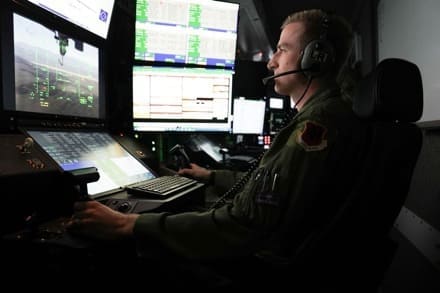
“When I first started in the career field in 2009, we were just this test group,” said Lt. Col. Eric Baldock, 15th Attack Squadron director of operations. “The command pilot rating for us signifies how mature our career field has gotten and shows that it was needed to meet the Air Force’s mission requirements.”
In 2009, the 18X career field was established to create professional RPA pilots to meet joint warfighter requirements. It officially began in 2010 by Air Staff officials institutionalizing it with undergraduate RPA training and rolling out the first class of trained RPA MQ-1 Predator pilots.
In 2010, Lt. Gen. Philip Breedlove, then-Deputy Chief of Staff for Operations, plans and Requirements at Headquarters Air Force, stated that the formalized training signified the Air Force’s commitment to RPAs and the importance of the aircraft to the joint community.
“I have been in the 18X career field since 2013, and I always saw the potential of what this career field could be,” said Lt. Col. Justin Storm, 489th Attack Squadron director of operations. “This career field fits into the Air Forces overall mission, and I see that growing with mission planning, intelligence and how we contribute to air power overall.”
Since 2010, the RPA mission has grown to the size of two wings entirely dedicated to it, including the 432nd Wing/432nd Air Expeditionary Wing and the 25th Attack Wing.
The RPA community have continually changed and adapted, honing their skills while innovating their technology such as the recent change to Automatic Takeoff and Landing Capability-enabled Satellite Launch and Recovery. Additionally, they continue to adapt by re-designating their squadrons such as the 489th ATKS becoming the 42nd ATKS sometime in 2026 and 11th Attack Squadron returning to combat operations from being a training squadron.
“Our career field has such an innovative spirit,” said Lt. Col. Ahmed Nelson, 17th Attack Squadron commander. “We have always been adapting and integrating technology into how we operate, and I think we will see more of that as time goes on. We have also over time been integrated in multiple domains and I think that, along with our sister services, that will expand as well.”
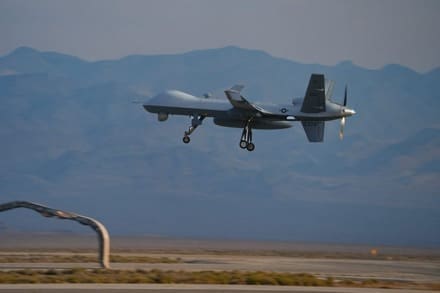
Additionally, they have performed combat and ISR operations 24/7/365 in multiple Areas of Responsibility around the globe over the last fifteen years.
“We have changed so much over the years since I have been in,” said Nelson. ”We have had a greater emphasis on our standardized training in how we get our young officers to be full-fledged pilots. Additionally, there was no such thing as dwell time or the Air Force Generation model which is better for our airmen, and they now have time to rest, repair and to certify before going to deploy. We also have huge/tremendous support from organizations like the Human Performance Team, which is read into our missions and can provide us appropriate mental health care.
As time goes on, the 18X career field will continue to grow their operations and conquer even more milestones. The 18X career field being able to obtain the command pilot rating without being on any other airframe is a testament to the pilots’ dedication to the future fight as the Air Force continues to adapt to obstacles as they come with new innovation.
“Our career field has experienced so much, and we still have so much more to come,” said Nelson. “I, myself, am the first 18X squadron commander for the 17th ATKS and it is an honor to be one of the firsts.”
The 18X career field being able to obtain the command pilot rating without being on any other airframe is a testament to their career field’s dedication to the future fight as the Air Force continues to adapt to obstacles as they come with innovation. They will continue to grow as MQ-9 Reapers and other RPAs continue to take to the skies piloted by the vital 18X pilots.
By Senior Airman Victoria Nuzzi, 432nd Wing/432nd Air Expeditionary Wing Public Affairs




